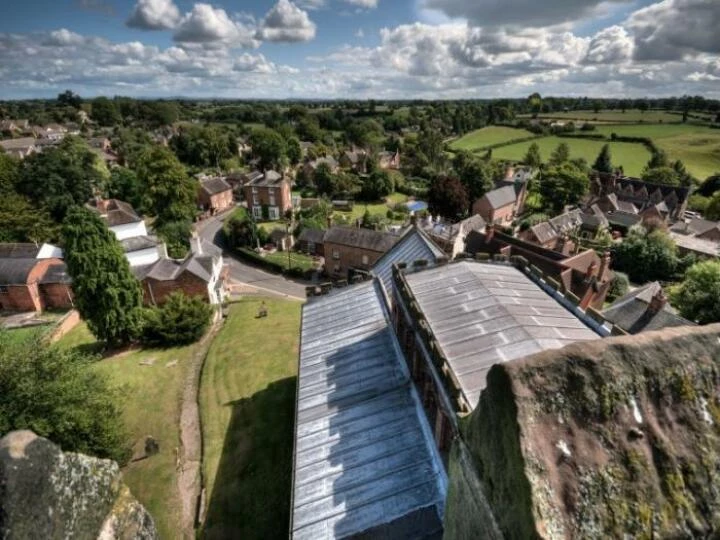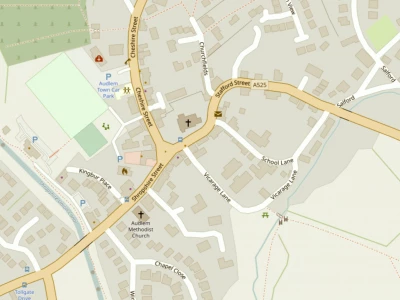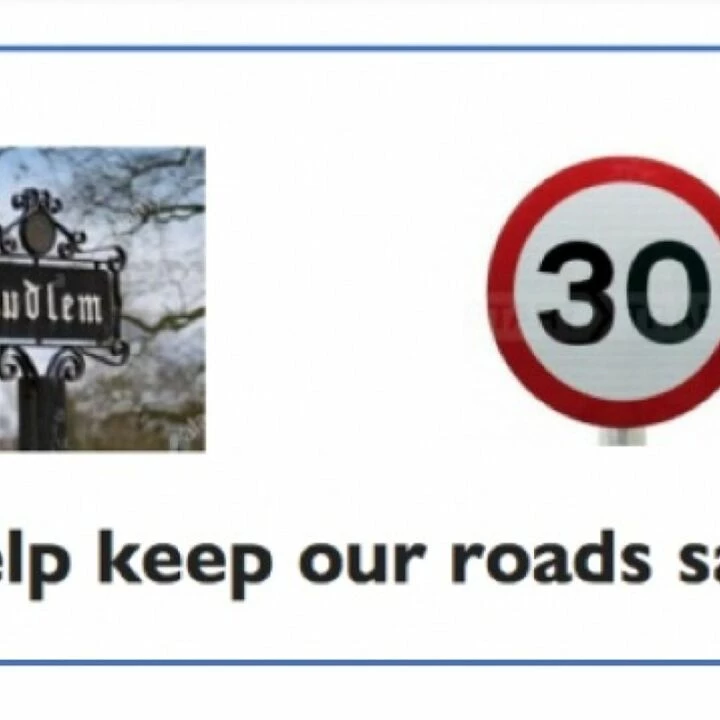

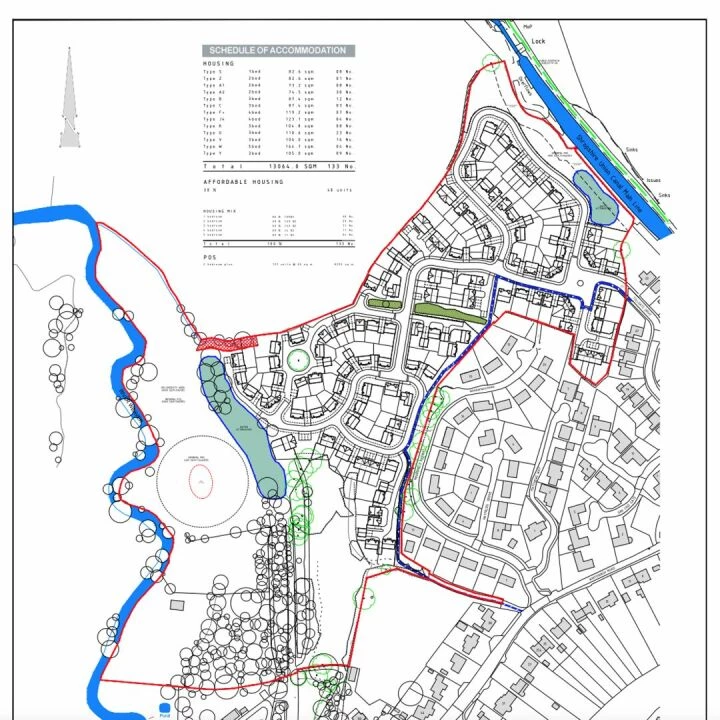

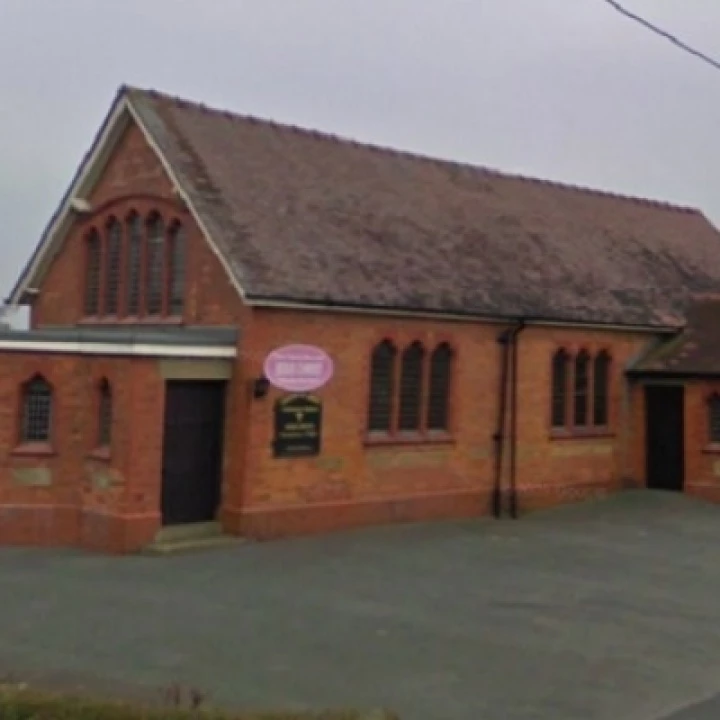

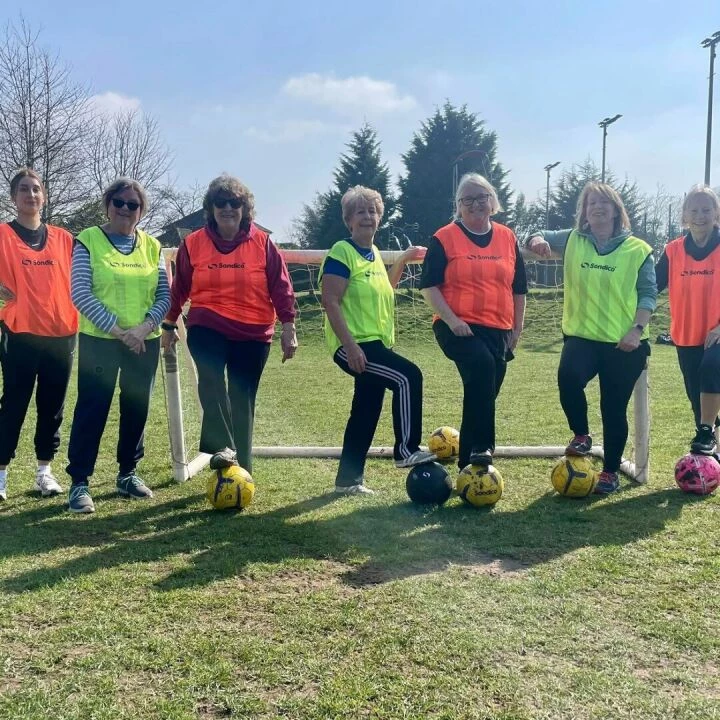

April the second was the 30th anniversary of the invasion of the Islands by Argentine forces. Much has been written about the conflict as it is known there. But what of the Islands and of the consequences of the world's spotlight falling on them?
Rosie and I visited the Falklands as tourists in January 2010. Reaching the Falklands is complicated. It is possible to fly via Spain and Chile and then on the once weekly flight to Stanley the capital – this route takes about 5 days.
The alternative is to use the Ministry of Defence (MOD) Airbridge. MOD chartered flights leave 3 times a week. If there is spare capacity after the military personnel are accommodated, civilians are allowed to fill the remaining seats. If you work for or have a government contract you get preference over other civilians.
We decided to apply for the Airbridge, very expensive, but much quicker – only 16 hours with an hour's stop over on Ascension Island. Fortunately I have a contract with Defra which put us on the short list.
#Arrival
We arrived at Mount Pleasant air base, the home of the British garrison, early in the afternoon. The bus took about 40 minutes to reach Stanley, a picturesque little town of 2500 inhabitants.
We were staying in very hospitable B&Bs. Initial impression was of a traditional but thriving community with considerable new buildings in particular houses. All vehicles are 4X4. Steve the local vet soon caught up with us and thanks to him we made the best of our trip and saw much that others will miss.
The Falklands, thanks to their remoteness, are a haven for wild life. The introduction of rats and feral cats by the early settlers reduced some species on both East and West Falkland. In general the many islands remained free of these predators.
Over grazing and extensive burning by early settlers reduced the native tussock grass dramatically. In consequence many of the ground nesting birds are only found on the outer islands.
#On Offer
So what do the Islands offer the visitor? If you are interested in wildlife, dramatic scenery, geology, history or just a desire to experience the rugged and remote, the Falklands has it all. This allied to the incredible hospitality of the Islanders made it for us the perfect holiday.
The wild life, varied and unbelievably tame has no fear of humans. The only long term danger in this respect are the ever increasing cruise ships which disgorge huge numbers of day trippers, on some occasions more come ashore than the total indigenous population.
#700 Islands
The Falklands consist of over 700 islands only about 10 of which are inhabited. Stanley the capital lies on northern East Falkland. The other major island is West Falkland.
The country side outside Stanley is known as “Camp”. In Camp there are various “settlements”. The perception here in the UK is that these are small hamlets. In fact a settlement is a farm, consisting of the owner/tenant's house with perhaps one or two houses for employees.
85 to 90 % of Falklanders live in Stanley. Outside Stanley the country is pretty barren, with the unique feature of stone runs. These are, in essence, boulder fields running from the top of a ridge to the bottom. Stanley itself is dominated by the hills, so familiar in all the accounts of the conflict – Wireless Ridge, Two sisters, Mount Longdon, Mount Harriet and closest of all, Tumbledown.
#Unspoilt
It is one the last unspoilt wildernesses left with abundant wildlife, miles of pristine white sandy beaches but with fairly inclement weather even in Summer. We flew down to Sealion Island in one of the local airservice's Norman Islander.
On Sealion Island, south of East Falkland, we were able to sit on low cliffs watching the sealions. The old males have their harems whilst the young males constantly try to acquire one of the females, resulting in vicious fights leaving considerable wounds.
Sealions reproduce and are re-mated almost immediately. We saw one female remove herself a few yards away and with a slight push delivered a pup. Like a cat she picked it up and put it to the milk bar. The by-products of birth were rapidly removed by the Great South Petrels, whilst the flightless Streamer ducks scavenged in and around the sealions.
As we looked up a few feet away was a Striated Caracara, the southern-most bird of prey of which it is estimated only 500 remain. They are very inquisitive and are known locally as Johnny Rook, have no fear and are not aggressive.
#Tourism
So tourism has developed since the conflict. In 1982 there were no roads outside Stanley and movement was by Landrover over tracks, which often resulted in vehicles bogging down as happened to us on a visit see the King Penguins at Volunteer point. A network of roads now connects the larger settlements as well as Stanley and Mount Pleasant base.
Fishing licenses to fish in the 200-mile exclusion zone is very profitable but is exceedingly well managed to prevent over fishing. The traditional income from wool decreased since 1982 but in the last two years has resurfaced as wool increases in value. Stocking rates are at about a single sheep to 5 acres.
In addition a EU approved abattoir has been built allowing export of both beef and sheep meat. The majority of production is certified as organic, hence premium pricing applies.
A new venture in the south of West Falkland has seen the introduction of reindeer which have thrived and this is another potential export area for meat and pelts.
#Oil
Oil exploration may yield a huge income but will probably result in the loss of what makes the Falklands the remote unspoilt wilderness. Shetland has managed their oil industry without too great an impact and hopefully if oil is found the same care will be applied.
Primary education is in a new school in Stanley and further education is provided in England up to “A” level and beyond to University. Steve, my vet colleague, has a Falklander as an assistant who qualified from London.
A modern hospital in Stanley can cope with most conditions but specialist treatment is provided either in London or Chile. The RAF provide a search and rescue capability at Mt. Pleasant which ferries sick and injured from the remoter islands.
All income is retained by the Falkland administration, so taxes are negligible with diesel at 56p per litre. If oil is found it will be the Islanders, in which case they see themselves as contributing to the garrison. Mt Pleasant garrison is about 30 miles from Stanley and is run as an independent entity.
#Minefields
Signs of the conflict are easily observed, in particular the minefields. These were laid by professional Argentinean soldiers who knew their exactly location. They are fenced off with plenty of warning notices. The only casualty so far has been a horse which was spooked and jumped into a mine field.
Everyone to whom we spoke, 27 years on from the conflict, were extremely conscious of the sacrifice of so many servicemen and were eternally grateful to the action taken to liberate them.
#Memorial
On our last day, fogged out from visiting a albatross colony, we accompanied our landlady on a walk from Moody Brook to the top of Tumbledown.
The summit bears a cross as a memorial to the Scots guardsmen who fell in its taking. As Celia said, every time she walks the dog up there, the memories flood back but the gratitude grows.
This article is from our news archive. As a result pictures or videos originally associated with it may have been removed and some of the content may no longer be accurate or relevant.
Get In Touch
AudlemOnline is powered by our active community.
Please send us your news and views using the button below:
Email: editor@audlem.org

